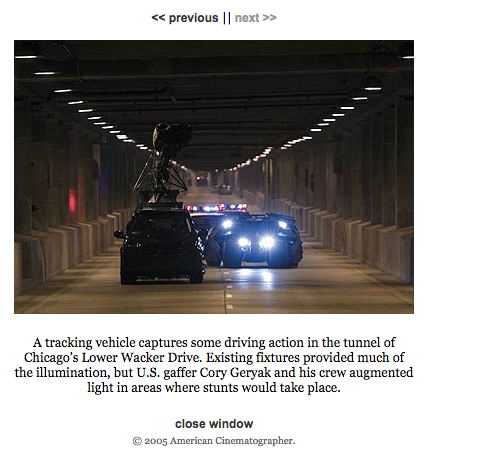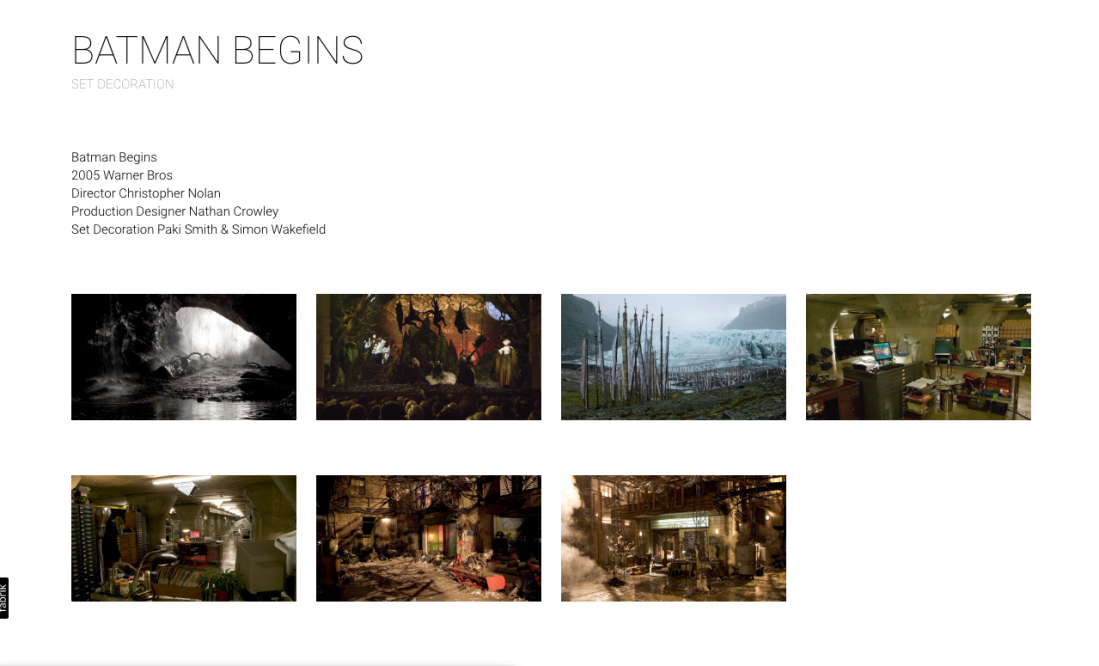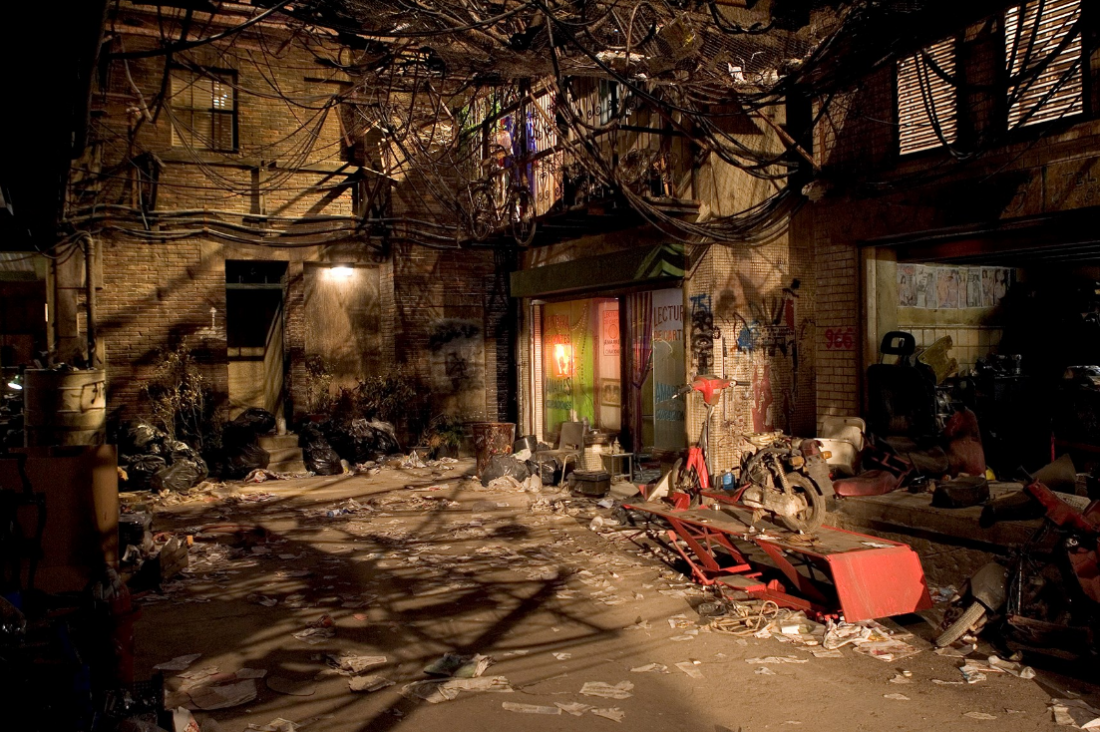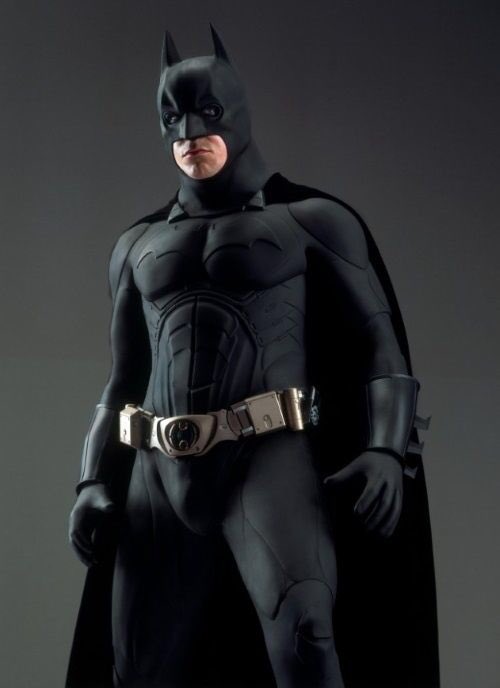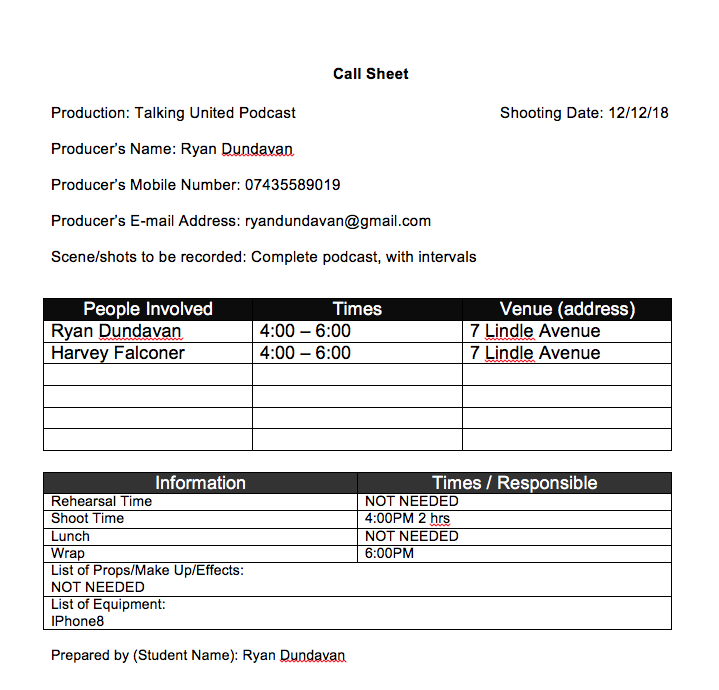“According to the philosopher, Ly Tin Wheedle, chaos is found in greatest abundance wherever order is being sought. It always defeats order, because it is better organised.” — Terry Pratchett
“To me, each film is a different genre. They tend to be defined by the villain… We hadn’t planned on doing a sequel. So shifting genres and the nature of the antagonist felt the way to take the audience on a journey and tell them something different about Bruce Wayne” – Christopher Nolan, interview with Collider.com
Christopher Nolan’s take on the caped crusader revolutionised a dying franchise after a string of unsuccessful movies. Nolan’s trilogy was a classic representation of good against evil, or in this case, chaos vs order.
After the death of Bruce’s parents, his life was sent into a World of chaos. He leaves the future he was supposed to have behind him and leaves Gotham. As he life falls into chaos as does Gotham, and this correlation continues throughout the trilogy as Bruce trues to restores order to his life and the city’s.
Wayne’s first attempted to restore order is to exact revenge on Joe Chill, the man who killed his parents. However, he is beaten to it. So again he leaves Gotham again to take out his frustration out on small time criminals. Again he is trying to gain order in his life but fighting and creating chaos. Only when he begins his training with the league of shadows that he starts to regain order. He stops blaming himself for his parent’s death, he sees the repercussions of anger and doesn’t allow himself to be ruled by anger and chaos. He learns that in order to live and restore his life he must bury the past, focus on the future and embrace the present. This is what he does upon his return to Gotham.
He comes back to find that the city is ran by mobsters and criminals, it is in complete chaos. You can see in the set design of Gotham, its very dark & murky, completely void of any hope or order. The numbers of good people are low, and even those people are unable to change anything due to the oppression of evil. So rather than directly avenge his parent’s death like he had previously wanted to, he makes it his mission to protect the city, just like his parents did. Rid Gotham of chaos. He does everything he can to make Gotham the best that it can be and through doing this is able to find order in his own life. Bruce is a representation of Gotham and I think this is what Nolan tries to tell us, that Bruce & Gotham are interlinked. Will Brooker, a professor in film and cultural studies has said “The defining characteristic of Gotham is that there is always crime. Because Batman is, on one key level, the man that fights crime”. This message is spread out across Batman history, from original comic books to the Arkham game series where even after the main story, there is still crimes or missions to complete.
Within this trilogy its easy to distinguish a beginning, middle and end. This feeds into something called narrative theory. Narrative theory starts from the assumption that narrative is a basic human strategy for coming to terms with fundamental elements of our experience, such as time, process, and change, and it proceeds from this assumption to study the distinctive nature of narrative and its various structures, elements, uses, and effects. More specifically, narrative theorists study what is distinctive about narrative (how it is different from other kinds of discourse, such as lyric poems, arguments, lists, descriptions, statistical analyses, and so on), and how accounts of what happened to particular people in particular circumstances with particular consequences can be at once so common and so powerful. Thus a key concern is whether narrative as a way of thinking about or explaining human experience contrasts with scientific modes of explanation that characterise phenomena as instances of general covering laws. Narrative theorists, in short, study how stories help people make sense of the world, while also studying how people make sense of stories.
Come the end of the trilogy we see that order has been restored to Gotham, the good people are now in positions that will allow order to remain and Bruce Wayne has found his peace, his order away from Gotham and away from Batman. Within the trilogy Batman faces five main antagonists, The Scarecrow, Ra’s Al Gul, The Joker, Harvey Dent and Bane. Each one of these villains represent something that Bruce must overcome in his mission to save Gotham and save himself. It not a case of him just beating them physically but it’s the way he is able to balance his own order and chaos which stops him from breaking his one rule. Batman does not kill.
Bruce needs to find a way to defeat Scarecrow and also come over his own fears. We see Bruce conquer his fear of bats early on in Batman Begins. In one scene we see Alfred ask Bruce why he wants to use a bat as his symbol. He response, “Bats frighten me, it’s time my enemies share my dread” Here in this scene we see Bruce has not only overcome his fear, but he has become his fear. Ready to exact order with his own evil to stop the chaos that Gotham finds itself in. Again all of these themes continue throughout the trilogy, one big circle. To defeat Scarecrow, he has to change who he is, and accept the fear in order to defeat fear. When the people of Gotham are exposed to the fear toxic, they see Batman as a monster, the same way they see Scarecrow. This tells the viewer that the only thing keeping Batman in check is himself. Batman knows that in order to be a symbol of good, he has to be responsible. At the end of Batman Begins he says “Justice is about more than revenge.”
Ra’s Al Ghul however provides a different challenge for Batman. Ra’s wants to exact too much order, he wants to remove Gotham from the World as he believes it is past saving and there’s nothing, not even Batman can do to save it. Ra’s Al Ghul has a strict set of principles, he wants to destroy Gotham because its corrupt, not taking into account the lives of individuals, and this makes Batman nearly break his no kill rule. He sacrifices one life, to save a city. He leaves Ra’s on the train rather then saving him, he even ensures the train cannot stop which ultimately leading to Ra’s Al Ghul’s death. Come the end of Batman Begins, you get the sense that order is being restored within Gotham, and for Bruce too. Bruce Wayne is now Batman’s mask.
In comparison to Scarecrow who represented fear, Ra’s Al Ghul represented too much order. The Joker is an example of complete chaos.
“You’re able to–there’s a huge advantage being able to jump in having told the origin story, so you can jump in with a fully formed character and then see where that goes. So I think it definitely gives you the opportunity to go new places and to get into the story much faster. But at the same time, I had very much enjoyed the rhythm and dynamic of the origin story that we got to tell in Batman Begins, so it was a little bit daunting how we were going to replace that, the feeling of scale and size that gave us, just the time span of that story. Uh, and so what we chose to do is to tell a very immediate, very linear story, but based on a slight genre shift, going a little more into the crime story, a little more into the kind of epic city stories of films like Michael Mann’s Heat, things like that, which I think achieve great scale, even though they’re confined within one city.” – Christopher Nolan, interview with Collider.com
His confrontation with The Joker is in some ways a smaller scale of Bruce’s own struggle, and that’s what makes it such an interest story. Ra’s Al Ghul wants to create chaos by using order. Which doesn’t work. It’d be too easy for Batman to simply kill The Joker, but that doesn’t represent his character. Batman and Bruce both believe in justice and believes that no matter what there should still be order. And that’s why throughout the entire history of Batman, from comics, to films, to video games.
Ever since the two first crossed paths in 1940’s Batman #1, the destinies of Batman and the Joker have been inextricably linked. However, while Batman does his best to ignore this connection, the Joker openly admits to needing his Dark Knight. They both need each other.
The Joker will always be Batman’s toughest advisory because he wants the exact opposite of that. But amongst other things he also wants to show that Batman isn’t as noble of everyone thinks and that he can be corrupted by chaos. If Batman was to be unmasked, people would find flaws with his human counter part. Because everyone has flaws. However, if Batman kills The Joker, he just becomes who he’s fighting against. For Bruce, someone who wants to do as much good as possible, this has such a huge impact on him. The Joker forces him to make decisions, “I’m gonna tell you where they are, both of them. And that’s the point you’ll have to chose. He’s at 250 52nd street and she’s at Avenue X at Cicero.” This is all part of his plan to prove that Batman is just a man, someone with flaws.
Having said all of this, there is something interesting about the relationship between the two. Bruce looses all of these confrontations throughout the film. The Joker is able to understand Batman’s flaws and use them against him. In the end, Batman is able to defeat The Joker, however he looses Rachael as a cost of this. The only person that Bruce saw a life with, away from Batman. Chaos doesn’t have any rules or cares. And in order for Bruce to be in control he needs to defeat the chaos. Within The Dark Knight there’s another antagonist, this comes in the form of Harvey Dent. Harvey Dent represents hatred. In large part Bruce is the reason why Harvey was corrupted by the chaos. His selfishness lead to Racheal’s death, which lead to Harvey seeing how unfair the World really is. Batman is able to defeat him, but not by playing Harvey’s game of chance. He comes prepared and doesn’t allow the bullet to stop him. Ultimately Harvey’s death leads to hatred of Batman from the people of Gotham, who saw Dent as Gotham’s white knight. Someone who was going to change Gotham and restore it to how it was before the deaths of Thomas and Martha Wayne. Due to this, Batman needs to accept that he doesn’t do good for any personal gain. Everything he does after Harvey’s death in The Dark Knight is his own sacrifice for the good of the city, “I’m whatever Gotham needs me to be.”
“With Bane, the physicality is the thing. With a good villain you need an archetype, you know, you need the extreme of some type of villainy. The Joker is obviously a particular archetype of diabolical, chaotic anarchy and has a devilish sense of humor. Bane, to me, is something we haven’t dealt with in the films. We wanted to do something very different in this film. He’s a primarily physical villain, he’s a classic movie monster in a way — but with a terrific brain. I think he’s a fascinating character. I think people are going to get a kick out of what we’ve done with him.” – Christopher Nolan, interview with DenOfGeek.com
In the final instalment of the trilogy Batman faces Bane, and with this comes pain both physically and mentally. Bane wants to destroy everything that Bruce stands for and he knows that the only way he can destroy Gotham is to defeat Batman. His plan is to get Batman out of the city and force him to watch the city he loves crumble to its death, knowing that he can’t do anything to help. Bane tries to break Batman. In the first head to head encounter between the two he says, “I was wondering what would break first. Your spirit. Or your body.” Bane does indeed break Batman’s body. This is taken from the Batman: Knightfall comic which was published in April 1993.
However, he can never break his spirit. Batman is able to look beyond physical pain so that he can protect the city. In the final encounter between the two, Bane, can handle the physical pain, but his spirit cannot withstand pain. Batman is able to break Bane’s spirit and eventually save Gotham. Its only after he is able to defeat the evil that threatens Gotham, is when Bruce finally has order back within his life. Throughout the entire trilogy Batman plays two characters. Batman, and Bruce Wayne. Or what the World believes to be Bruce Wayne. Being Batman, Bruce had to make people believe that he was something that he actually wasn’t so that nobody would suspect a thing. While in the city he isn’t himself so the last sacrifice he can make is to leave the city he loves the most. Although he has hung up the cape, he never actually stops being Batman. He sacrifices everything he loves, to the detriment of himself, but for the better of Gotham.
Christopher Nolan has created an absolute master piece in terms of story telling and character arcing. His use of antagonists to represent a different challenge that Bruce must over come, and the constant theme of chaos vs order within the three films take the viewer on a journey and builds up a relationship between those who stand for chaos and those that stand for order.





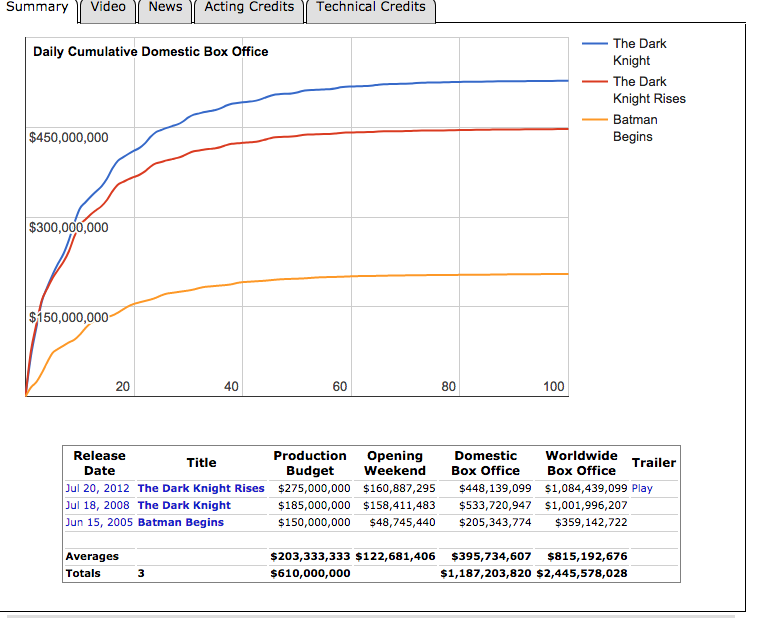
 Here you can see the the synopsis which outlines the basic plot of the film. And as you can tell just by reading that the correlation between chaos and order. Parents killed, chaos. Is trained how to fight, order. Threats to destroy Gotham, chaos. Becomes Batman, order. Nolan and Goyer made this theme obvious from the very start of production and this continued throughout the entire trilogy.
Here you can see the the synopsis which outlines the basic plot of the film. And as you can tell just by reading that the correlation between chaos and order. Parents killed, chaos. Is trained how to fight, order. Threats to destroy Gotham, chaos. Becomes Batman, order. Nolan and Goyer made this theme obvious from the very start of production and this continued throughout the entire trilogy.

